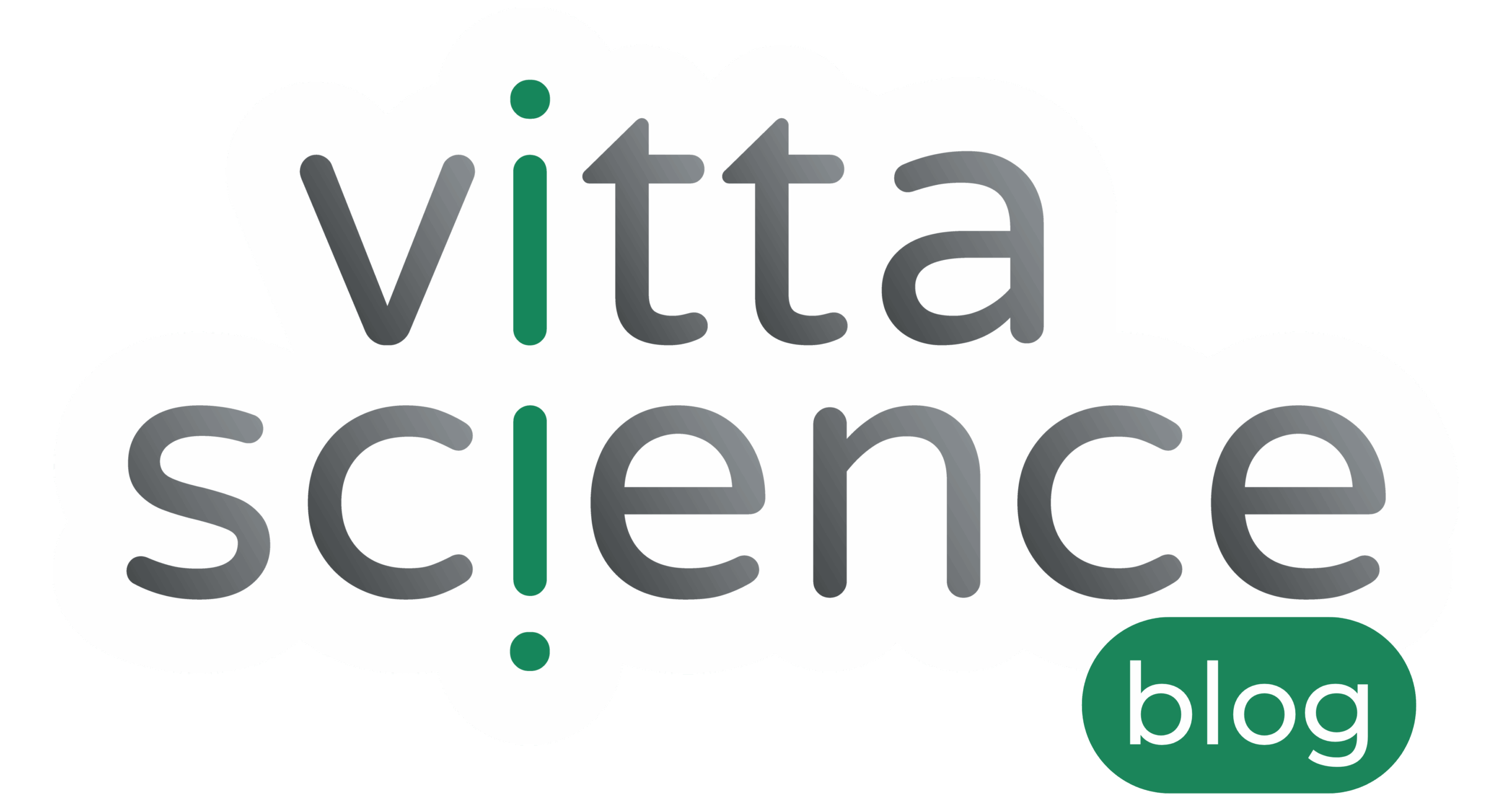Computer programming has become an essential skill in the modern world, which is constantly developing. In order to prepare future generations for the world that awaits them, it is crucial to introduce children to programming from an early age. In this article, you will find a guide to choosing the most suitable programming languages for children, as well as a presentation of the Vittascience educational platform, an innovative tool for teaching computer programming and artificial intelligence.
Why introduce programming to children from a young age?
The Cognitive Benefits of Programming
Learning to program at a young age offers many cognitive benefits to children. Programming stimulates logical thinking, helps children develop problem-solving skills, and encourages a structured approach to challenges. By coding, children learn to break problems down into simpler subproblems, test their hypotheses, and correct their mistakes independently. This ability to think algorithmically is valuable not only in computer science, but in many other disciplines.
To learn more about the benefits of learning to program, check out our dedicated article.
Preparing children for the digital world of tomorrow
The digital world is constantly evolving, and computer programming skills are becoming increasingly sought after. By introducing children to coding, we prepare them not only to understand the technology around them, but also to become creators of it. Acquiring these skills will open doors in a variety of fields, from data science toartificial intelligence, through robotics.
Choosing the right language according to the age and level of the students
Every child is different, and it’s important to choose a programming language that’s appropriate for their age and level. For younger children, visual languages like Scratch (block-based programming) are ideal because they allow them to focus on logic rather than syntax. For older children, who have a better understanding of abstract concepts, languages like Python offer a good compromise between simplicity and power.
To make it easier to transition from block learning to Python, Vittascience offers an innovative interface that allows the hybrid visualization of these two learning formats, available free of charge online and requiring no installation.
The easiest programming languages for kids
Scratch: A fun introduction to block-based coding
Scratch is arguably the most popular programming language for young children. Developed by MIT, it uses a visual interface where children can put together blocks of code to create animations, games, and other interactive projects. Scratch is accessible from the age of 8 and requires no prior programming knowledge, making it a great starting point for beginners. Teachers often use the language in their classrooms to help them learn teaching young people to code.
Python: A powerful and accessible language for young people
Python is a simple and versatile programming language, recommended for children from 10 years old. Thanks to its clear and readable syntax, Python allows children to quickly understand the fundamental concepts of programming. It is particularly appreciated for its wide range of applications, from web development to artificial intelligence. Python is an excellent choice for children who have already acquired basic programming skills and want to go further. Several robots and programming boards can be programmed using this language.
Programmable robots for practical learning
To provide fun learning of coding, there are many educational robots. The use of programmable robots, such as robots Maqueen or robots mBot, allows children to directly see the results of their code in the real world. These tools offer a hands-on, tangible approach to programming, where children can program robots to accomplish specific tasks. This learning method is particularly effective for children who prefer hands-on activities and who learn best by seeing the physical result of their efforts. Seeing their coding program come to life allows them to be more engaged in their work and feel a positive emotion.
Vittascience: An innovative platform for teaching programming
Introduction to the Block and Code Programming Interface
Vittascience is an online educational platform that teaches computer programming and artificial intelligence to children in a fun and interactive way. It offers an intuitive interface where children can code in blocks, like Scratch, or in code, for those who wish to progress to more complex languages. The hybrid mode interface, including juxtaposed block and code modes, allows a better understanding of the link between the two language modes. Vittascience offers a smooth transition between these two modes, allowing children to develop their skills at their own pace.
Free and accessible educational resources for teachers
One of Vittascience's major assets is the wealth of its educational resources, powered by the community of teachers and professionals. Teachers can access a multitude of tutorials, ready-to-use projects, and exercises adapted to different levels, with different media and languages for free. These resources are designed to be easily integrated into a school curriculum, thus offering valuable support for teachers who wish to introduce their students to programming.
Integrating AI tools for an enriched learning experience
Vittascience also integrates artificial intelligence initiation tools, to enrich children's learning experience. These tools help personalize instruction based on each student's individual needs, offering exercises tailored to their skill level. This not only keeps students engaged, but also provides them with a more effective learning journey.
In conclusion, introducing programming at an early age is a valuable investment in children's future. Languages like Scratch and Python, as well as educational tools such as Vittascience, offer unique opportunities to learn in a fun and interactive way in class and at home. For teachers, these resources are essential allies in preparing students for the digital world of tomorrow.

